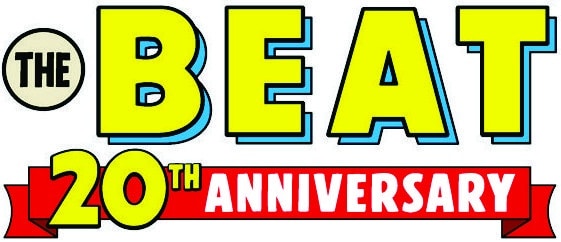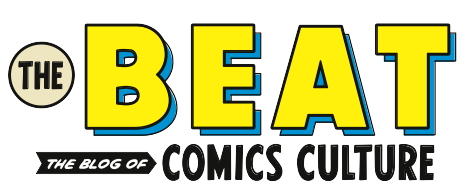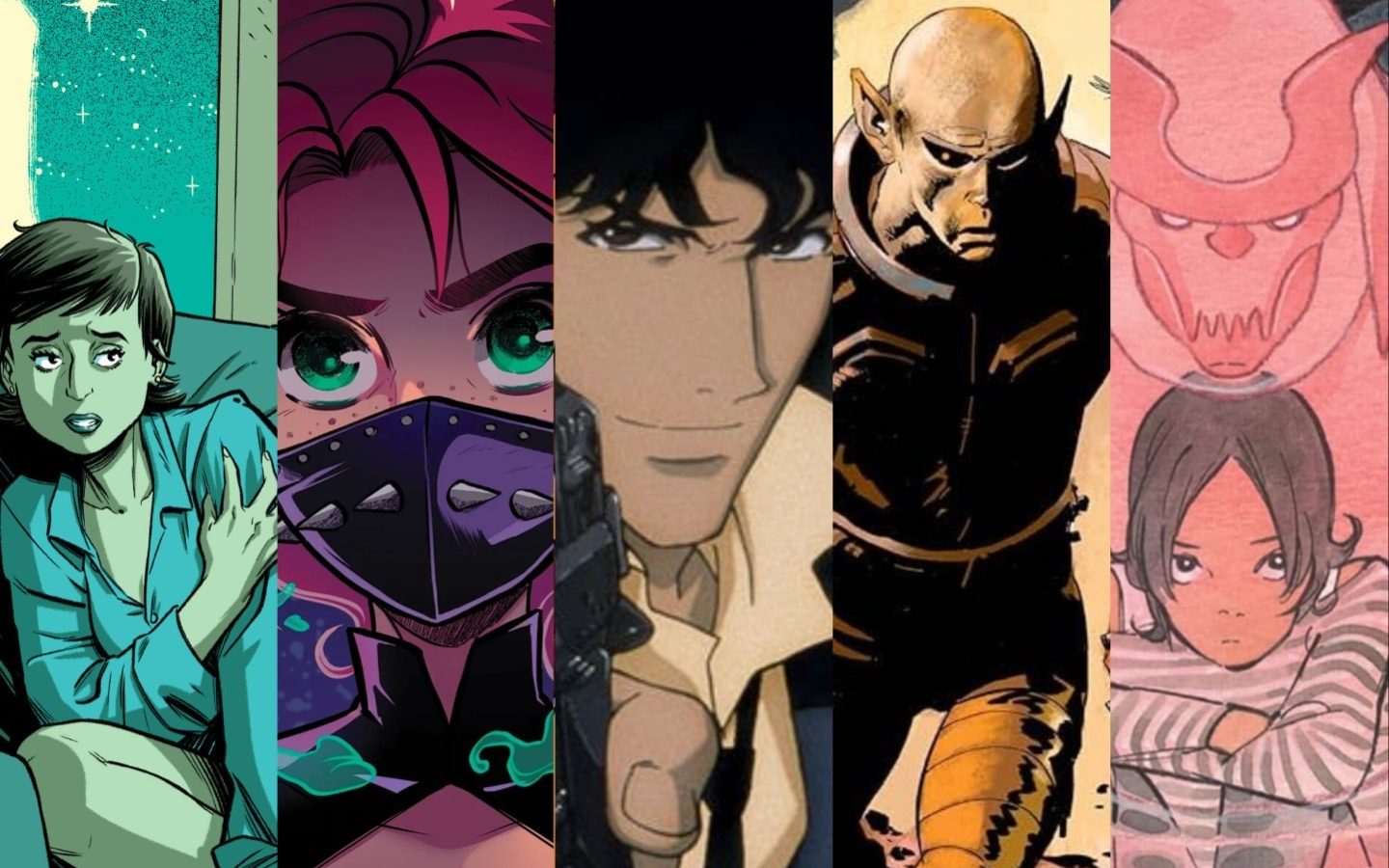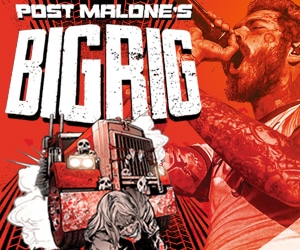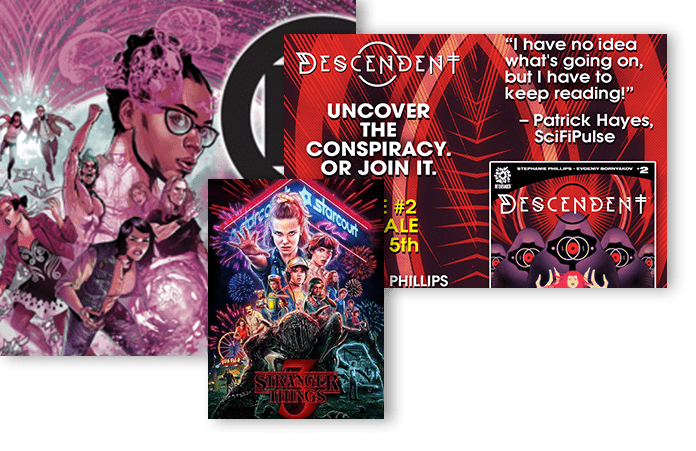I’ve spent a lot of time talking about the Monomyth and our patterns of looking at the world through stories, but the real point has always been deeper. It’s always been about getting to understand the nature of the story in itself, and by doing so, seeing how the song remains the same. The truth is that history repeats itself. It’s we are the ones who change.
So why do artists create? Why do writers keep telling our stories?
For some, they see it as a calling. For others, a choice. And for some, it feels almost like destiny. The reasons vary, but one truth cuts through them all. Because in every conversation I’ve had with creators across mediums, genres, and generations, I’ve heard the same quiet current:
That we make art to reflect on the past, to understand the present, and, somehow, shape what comes next in our future. We do so because we are alive, in the present now, and want to leave an impact on the world that at one point, we were once here…
At least, that’s my takeaway from it after over a decade of writing and reviewing creative works.
Anyway, as promised, I thought I’d go through some of the best interviews of my career to pull some quotes that have stayed with me: words of advice, resilience, and creativity. Originally, I wanted to pull from every interview I’d ever conducted, but that list grew too long, and so I focused my selection.
So without further ado, here’s some of the best advice I’ve heard. I’m hoping it inspires you to make something today.
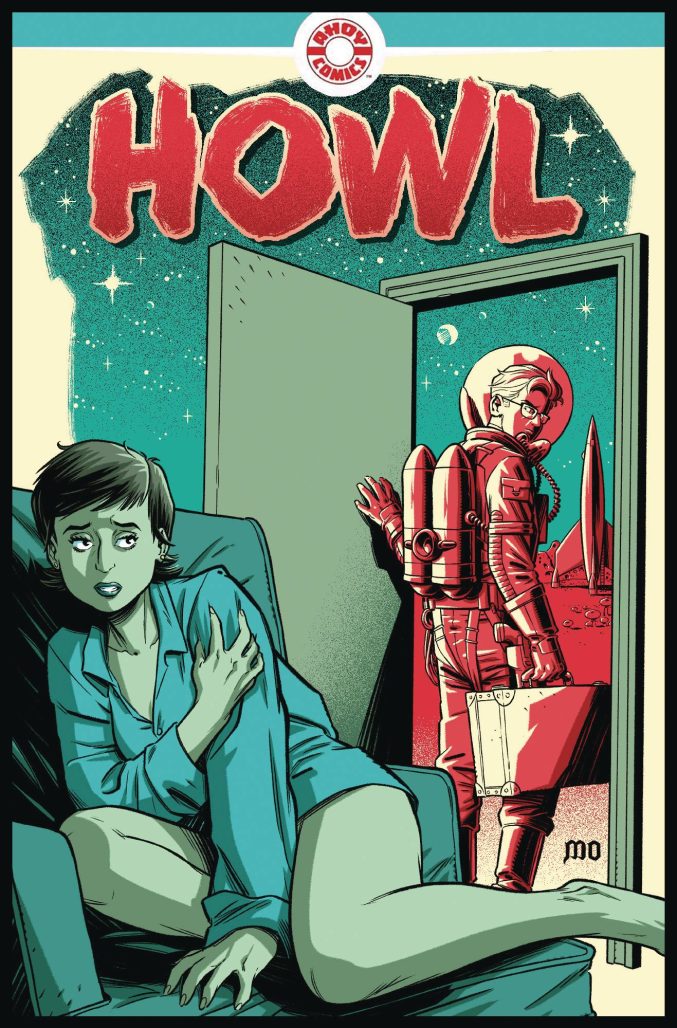
Let’s start with a recent one here at the Beat with Alisa Kwitney and her thoughts on how she saw writing was always a part of her destiny, and how that changed.
ALISA KWITNEY (Novelist and writer featured most recently on HOWL):
“I was raised by my mother, an avid reader and wonderful writer (although she struggled with writer’s block her whole life), and by the bookcases of my father’s books, both his own stories and novels and those of his mentors and rivals, and friends. My mother fed me books and poetry and talked me through the editing process. Because of her, I was writing poetry (free and blank verse) in third grade and wound up having a book published by the Teachers & Writers Collaborative when I was 8. After that, I developed writer’s block—there’s nothing like early success to screw you up.
When I was a teenager, my father moved back to New York, and we formed a relationship based on books and writing. I remember showing him something I had written and longing for him to anoint me and say, ‘You have it! You are a writer!’ Instead, he shrugged and said, ‘Well, you have talent, for whatever that’s worth.’ I was stung, and asked: ‘So, what’s important, if not talent?’ He told me that sitting down and writing was the truly important thing — approaching storytelling the way a plumber approaches fixing a leaking pipe. As a teenager, I felt disappointed in this response. Now, I think it is brilliant and true.”
I find this last bit was very true. The nature of storytelling comes not necessarily innate talent, but rather, the pursuit of connecting in our everyday efforts. Because sometimes, it’s not about how great you are or the potential you can be; but rather, creating art often feels like you just have. Sometimes even just giving yourself a timeline and do it for the enjoyment of the thing itself, as Peach Momoko once put it in an interview from back in 2022:
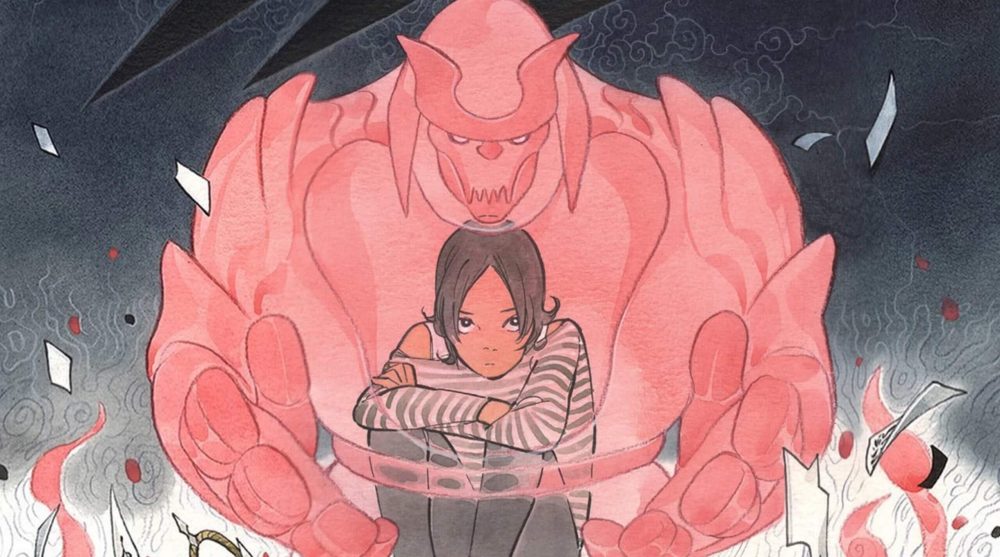
PEACH MOMOKO (Artist and writer on Ultimate X-Men):
“I gave myself a milestone of by age 30, if I don’t make a living in art (not just in comics but any form of art that I can express), that I would apprentice under a tattooist. (Thankfully) Before 30, I felt comfortable with my comic career, that I kept going in this route. I just drew every day, but also went to museums, read art books, comic books, manga, anime, CG animation, and looked and studied all the different styles of art. But mainly, I just enjoy drawing!”
Enjoying the process of making art every day is, I think, the true task for every artist. I’ll admit, it’s never easy. The grind is real, and inspiration will not always hit you. But when it comes to finding your voice, I do think one of the best things you can do is look from the outside. Even ones outside of your own medium, as I learned from writer and editor Peter Hogan.
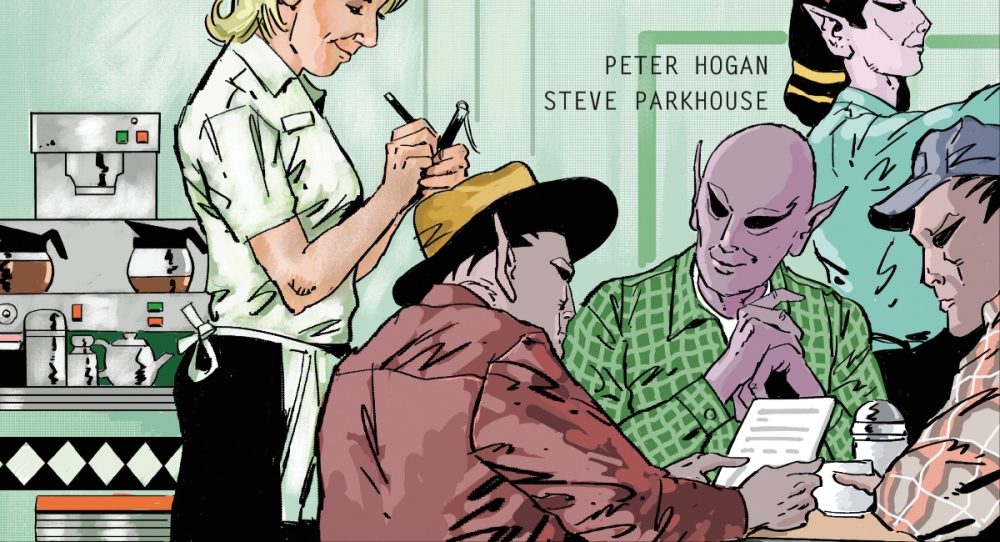
PETER HOGAN (Editor and Co-Creator of Resident Alien):
“Do a lot of reading… and not necessarily comics. I look at comics and I think the same thing is true now that was true 20-30 years ago. You got people drawing on the same material as inspiration. They’ll watch the same movies, read the same comics. But it all kind of recycles the same stuff. I think if you read other things or watch artier movies, you’ll come up with something that’s a bit more different. And that’s probably something that’ll separate you from the herd. Something that’ll do you some favors in the long term.”
He’s not the only one who sees it that way. So too did the legendary animator Shinichiro Watanabe, who also agreed with this bit of advice I’d cut from our original piece:
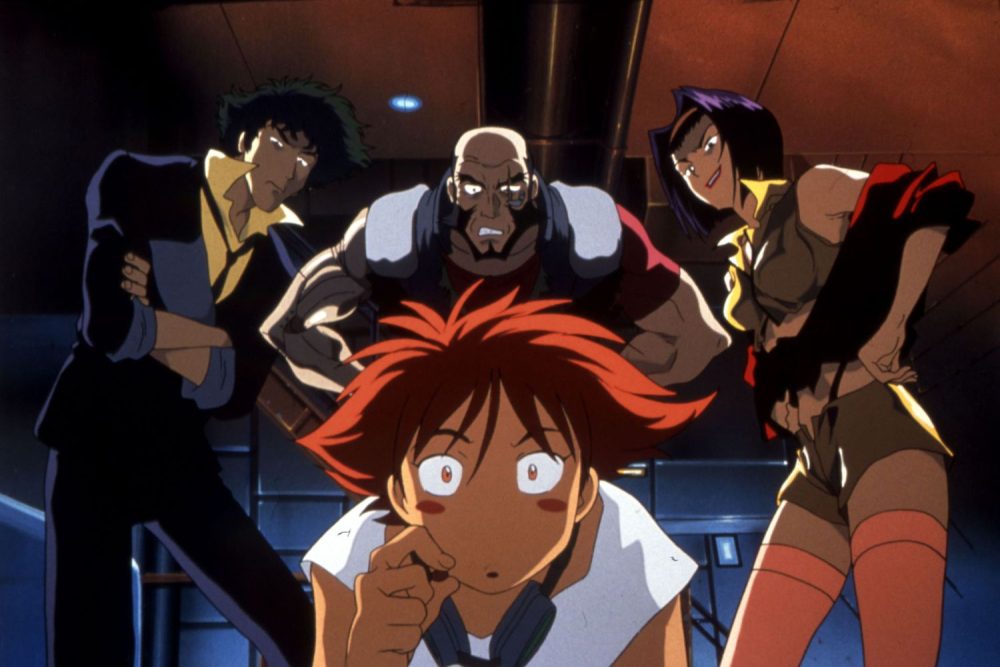
SHINICHIRO WATANABE (Creator of Lazaraus & Cowboy Bebop):
“So, advice I can give would be if you only look at other animation works (when making anime), sometimes it can be a limiting influence. So I would suggest that you look at, study, and take in influences from other genres of media. As for myself, I really like music and have influences from music, and have always tried to incorporate that type of influence into the animation that I make. That’s the kind of thing I’d always suggest. It’s why I also like 70’s American action movies. Films like DIRTY HARRY.”
Now for those who don’t know, Watanabe’s love of 70’s American cinema was featured very heavily in Cowboy Bebop. From Spike’s usage of Bruce Lee’s Jeet Kune Do, to the many shootout Dirty Harry references, the idea of writing and creating, is to do what you like. The stories you can tell out of passion, the most honestly.
Building a career out of creativity is a long person’s game. And longevity matters just as much, if not more, than any breakout moment. This particular lesson, I learned from two struggling NYC playwrights turned superstar writers in their own right, at least, when I’d asked them for key breaking in advice.
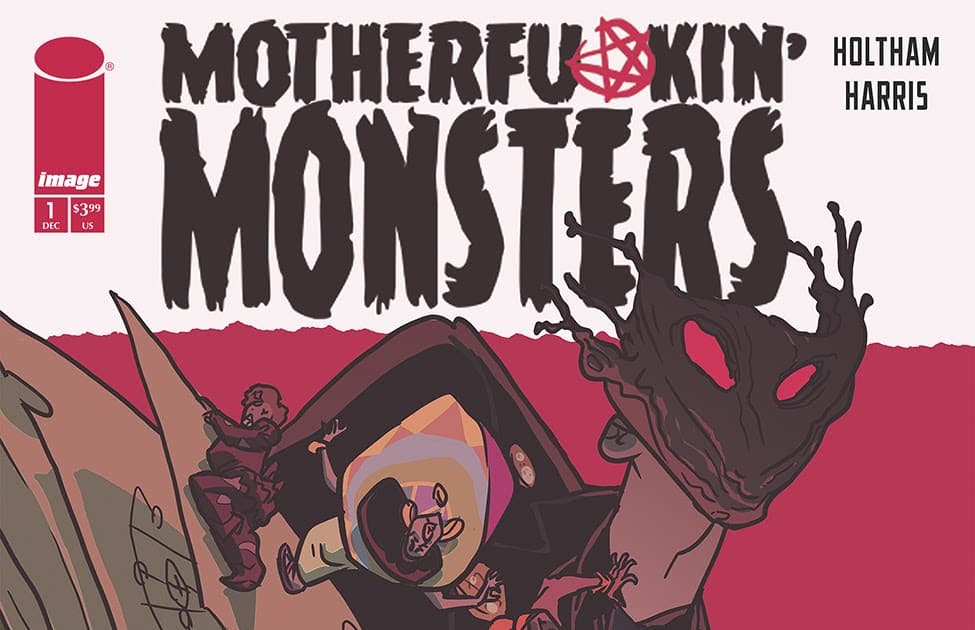
J. HOLTHAM (Writer on The Handmaid’s Tale, Jessica Jones, Supergirl and comics):
“Write is always my default response. Write a lot. And write about what really matters to you. Write about what you think is important and what you care about. The thing that is gonna ring true always is the truth. And you gotta really make yourself comfortable with that and get really comfortable sharing as much of your real, authentic truth as you can.”
CLAY MCLEOD CHAPMAN (Author of WAKE UP AND OPEN YOUR EYES and SEANCE IN THE ASYLUM):
“Survive. Survive any way you can. Protect yourself and your work. Say yes to every opportunity that comes your way, no matter how out there it may be, and learn how to do it as quickly as you can. The only real success I’ve had is longevity. I’m not a bestseller or an award-winner, but I get to tell the stories I want to tell.
The long haul is a hell of a lot different than what we constitute as success. You just put in the time. Your work might not be a million people’s favorite thing… but what if it’s a thousand people’s favorite thing? A hundred? Ten? Is it still worth it to you?
You’ve got to be honest with yourself in regards to what your personal definition of success is because it might be different than what the industry dictates.”
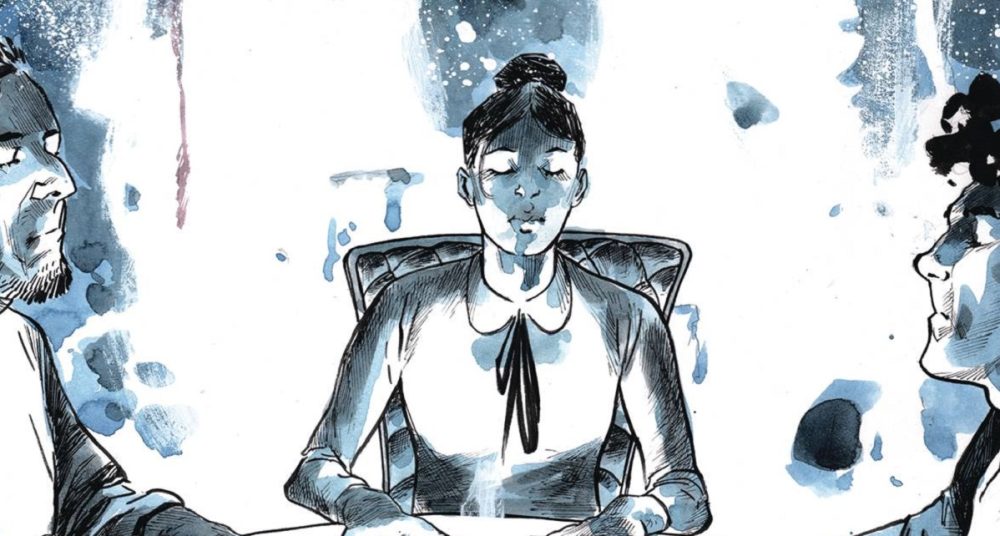
For that matter, what does success mean? How do we measure our metrics for it? I think a part of something lost in today’s age is a lack of focus on identity, representation, and community. Despite all these efforts, diversity in comics is starting to fall to the wayside, much in thanks to many new challenges of the world we face, and the fears now of saying the words DEI.
Yet, for some, creating art as a person of color means meeting a different challenge. One in building the spaces that didn’t always exist before. It matters across the board. It’s an issue that I do believe matters, even for superstar artists who’ve performed at the Super Bowl, such as we talked about in detail with the Black Eyed Pea Taboo Nawasha, along with his comics collaborator, B. Earl.

TABOO (Black Eyed Peas, Deadly Neighborhood Spider-Man):
“As a kid that was always feeling like I wasn’t enough. Never Mexican enough. Never native enough. Because I was born in Los Angeles, my Spanish was broken, I always felt like I didn’t have a place. I didn’t fit in. I always felt not enough. As I started to evolve and got older and understand the blessing of being proud of who I am, and really embracing all the cultures, I felt like keeping that messaging going and inspiring kids to hold onto that same energy of being enough and being proud of who you are.
Faith, background, spirituality, gender, all of that. It’s important for kids to hold onto those aspirations of being proud of who they are. Let alone, people from marginalized communities and underserved communities of different ethnic backgrounds. The reality is we’re blessed to be Marvel writers to create storytelling for those who don’t have that same opportunity. We want to honor and celebrate those as well, heroes without capes, from different communities, as we like to call it, a mosaic of culture.”
BENNY EARL (Co-writer on Deadly Neighborhood Spider-Man):
“I think Tab said it best. I can speak on a personal level, when I was 11, I was in love with creativity, art, Marvel. I dreamed of making Marvel comic, and cut to 30 years later, and we get to. At the end of the day, it’s that thing of sticking to your guns and following your dreams and heart. The hard work does pay off and it’s about surrounding yourself with amazing people. As Tab said about team, the team is everything.
Tab and I talk every day. He’s my brother. He’s family. That’s what it comes down to. These people you want to spend hours and hours? Years of your life with? Yeah, man! That’s what it comes down to, that’s how we connect and how we create together so that the big thing is always finding the people you relate to that are going to grow with you. Surround yourself with a great community.
I think, for all of us, we should never limit ourselves to where we can put our creativity. It’s never too late to be creative. It’s never too late to play an instrument. I think, so often people say I can’t because I’m too old, there are always excuses, but at the end of the day, you don’t have to be a Marvel writer to enjoy writing comics. You don’t have to be a Black Eyed Pea to enjoy making music. I think we should always embrace our creativity and not put it behind us.”
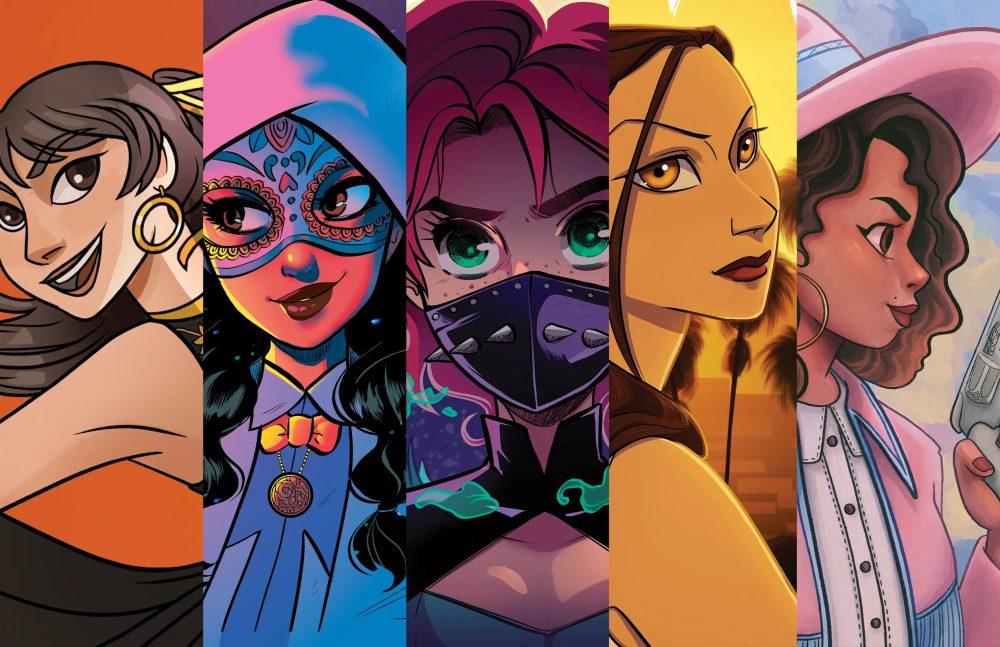
Indeed, if comics is to survive this next phase so much of it depends on people showing up right now. Showing up to buy books in comic stores. Supporting kickstarters. Finding and sharing marginalized creators. Unlike other mediums, much of comics is in creating a community and finding your people, as author Kayden Phoenix and I once talked abou regarding breaking in.
KAYDEN PHOENIX (Creator of A La Brava, the first all-Latina superhero team):
“Two things every creator needs to do to break in. First, find your tribe. There’ll always be people around you who believe in and support you, and believe in the overall mission of what’s behind it. The second is to keep going. Always keep going no matter what. Pandemic and financial things are always a big part of the struggle for anybody, but you will find a way to persevere and go through it.”
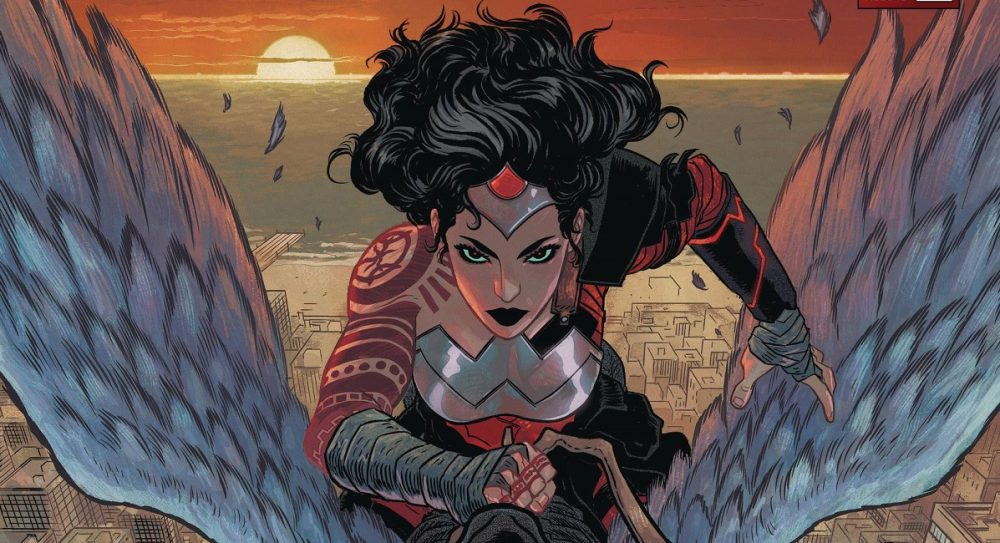
Finally, a few months ago, I interviewed Kelly Thompson, and we talked about Absolute Wonder Woman. I told her why I loved her new version of Diana. Raised in Hell, hardened by fire and battle, she’s lost everything—yet forged hope in a place meant to be where all hope is lost.
I asked her what the allegory was for her run. Her answer… it stays with me right now.
KELLY THOMPSON (Writer on Absolute Wonder Woman, Birds of Prey, and It’s Jeff):
“Diana is—and always should be—a beacon of hope. I think taking that out of her probably makes her not Diana anymore. But when thinking about Diana’s obviously very honorable mission of peace, it didn’t make a lot of sense to me in this world. While peace is beautiful, I’m not really sure it exists in a world rife with injustice, and Diana’s world is even darker than ours in that regard.
Her line about kindness and compassion—I suppose there’s plenty of subtext that can be found in the line—but is the more radical interpretation is just taking it at face value? Kindness and compassion ARE what will save us now…if you care at all about a world where such things still exist. A writer friend said to me some months ago, ‘What can I say? You get the world you made.’ And… well, I cannot stop thinking about that.”
Through it all, you get the world you make. We are the world we make. And right now, especially today, I think It starts with building a better one. For me, through stories, but for you?
That’s up to you. So do me a favor if you’re reading this? Make something today that inspires others. Be it kind, or true, or just making a statement. Because that impact?
It makes a difference. And it’s why stories matter…
Miss a Monomythic post? Catch up right here.
Next Week:
“Monomythic: We need to talk about The Last of Us II and the Israel/Palestine conflict”
